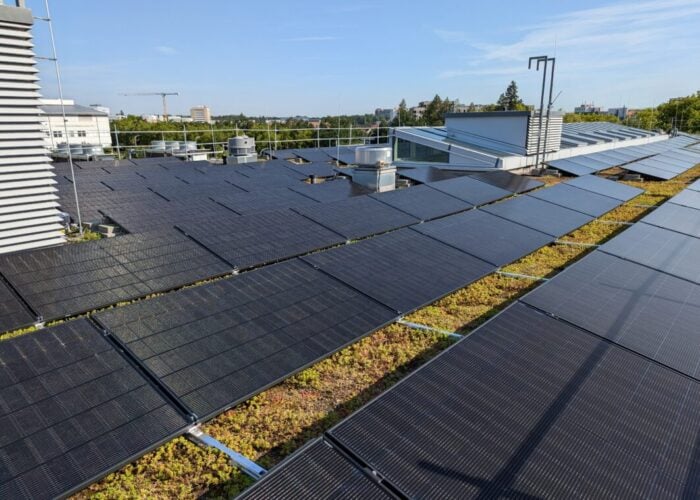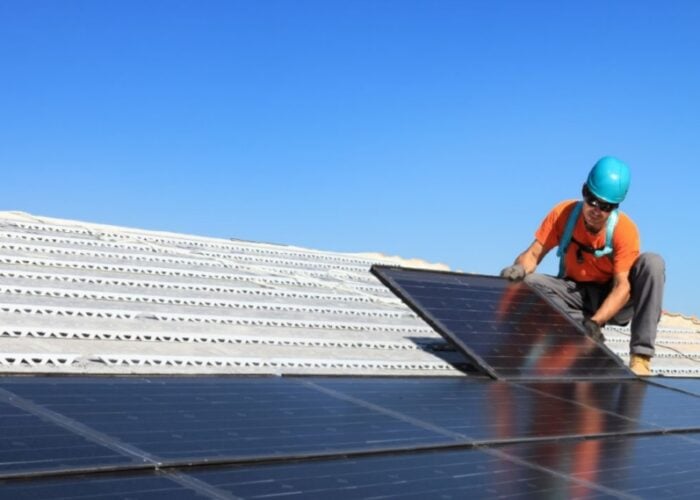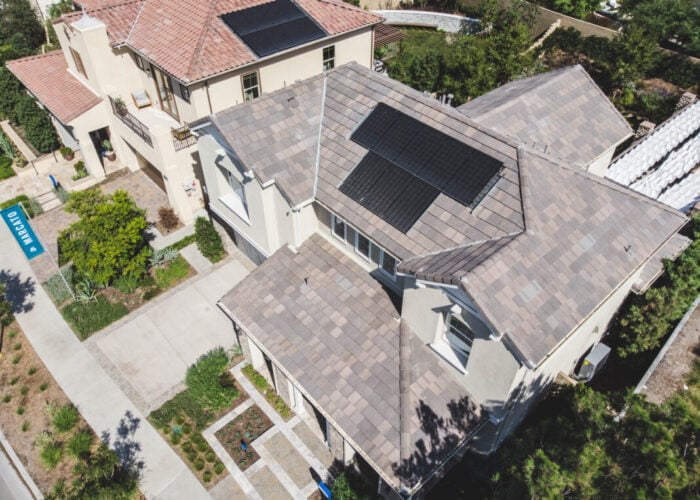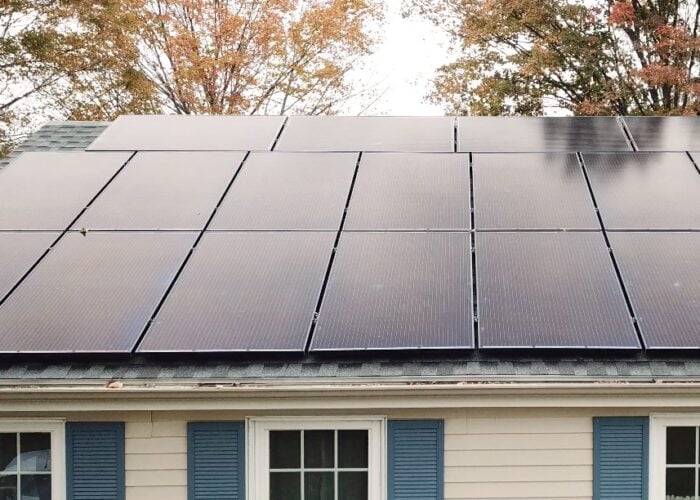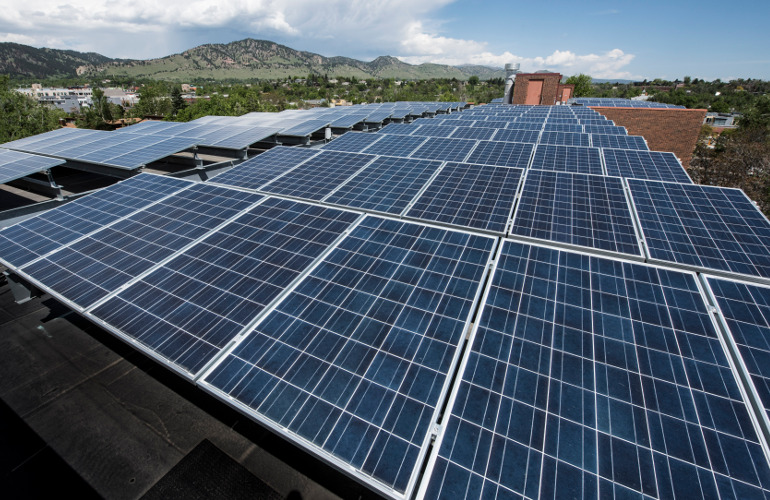
Global solar PV installations are to grow 20% in 2022, surpassing the 200GWdc mark for the first time, despite high capex costs, according to a new report by research firm IHS Markit.
The growth in installations in 2022, representing a total investment of US$170 billion, is taking place in key solar markets such as China, India, Europe and the US, with the highest growth coming from the distributed solar sector, led by China.
Unlock unlimited access for 12 whole months of distinctive global analysis
Photovoltaics International is now included.
- Regular insight and analysis of the industry’s biggest developments
- In-depth interviews with the industry’s leading figures
- Unlimited digital access to the PV Tech Power journal catalogue
- Unlimited digital access to the Photovoltaics International journal catalogue
- Access to more than 1,000 technical papers
- Discounts on Solar Media’s portfolio of events, in-person and virtual
While PV systems costs had declined by 50% on average from 2013 to 2020, this year has seen costs rise by 4% year-on-year as supply side constraints and global logistical issues have pushed up prices.
One of the main issues is the price of polysilicon, which has more than trebled in the past year, according to IHS Markit. It estimates that, since August 2021, average module production costs have increased by more than 15% and module prices are now back to 2019 levels.
PV Price Watch reported that the cost of modules are not expected to climb down from a US$0.28 – 0.32c/W range until at least Q3 2022, with many EPCs delaying large-scale projects and adjusting investor expectations as a result.
Given this, yesterday’s prediction by IHS Markit will be seen as a boon for the industry – particularly the residential and commercial and industrial (C&I) sectors – as it struggles to navigate a particularly volatile period.
“The utility segment has been the most impacted in 2021, with multiple projects delayed or cancelled. By contrast, the strong growth of the distributed generation – residential and C&I sector – has been one of the success stories of solar PV in 2021,” said Josefin Berg, research manager, clean energy technology at IHS Markit, which is predicting that PV installations will still experience double-digit growth this year.
The report said that continued growth next year would mark the “second year in a row to experience double-digit growth of global installations in a high-price environment”, suggesting that the rising costs of projects have not dampened solar’s appeal.
“There is significant appetite across global markets to invest in and develop solar installations, but the supply chain is just not ready to meet this level of demand, it needs time to adjust,” said Edurne Zoco, executive director, clean energy technology at IHS Markit.
IHS Markit’s report predicted that high module costs are likely to be maintained into 2023, at which point they will start to come down as more capacity is added in China, energy restrictions are removed and increased modules efficiencies come into play.
The London-based research organisation did caveat its prediction, however, warning that policy uncertainty in China, the US and India could dampen deployment prospects.
PV Price Watch is exclusive to PV Tech Premium subscribers, and readers can enjoy a 45% discount on an annual subscription until midnight tomorrow (18 November 2021) by using the code BLACKFRIDAY on checkout.



